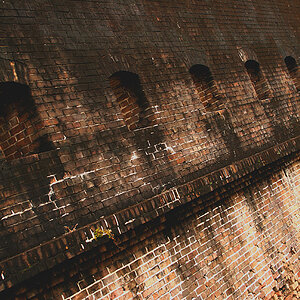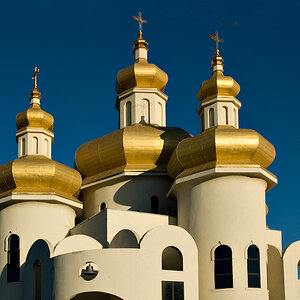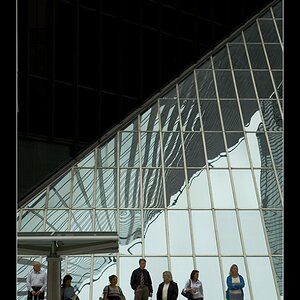I have an opportunity to buy a Canon 10D with a couple of lenses and some accessories for C$1500.00 (Canadian dollars) and would like input on whether it's good deal. The details are as follows:
I'm selling this great Digital SRL Camera with 2 lenses (both with UV filters), a grip and 2 memory cards (1G total), also the battery charger that cost $90 and doesn't come with the camera when you buy it. All the software and the original boxes of every single accesory. This equipment is a year old and is in great shape.
Body: Canon EOS 10D
Lense: Canon 22-55mm f/4-5.6 + UV Filter
Lense: Sigma 70-300mm f/4-5.6 (Macro Super) + UV filter
Battery Grip: Canon BG-ED3
Battery Charger: Canon CB-5L
Memory Card: 2 Compact Flash - 512MB (25X High Performance)
Software: Adobe Photoshop elements 2.0 + Canon software.
All the original boxes.
Thanks
I'm selling this great Digital SRL Camera with 2 lenses (both with UV filters), a grip and 2 memory cards (1G total), also the battery charger that cost $90 and doesn't come with the camera when you buy it. All the software and the original boxes of every single accesory. This equipment is a year old and is in great shape.
Body: Canon EOS 10D
Lense: Canon 22-55mm f/4-5.6 + UV Filter
Lense: Sigma 70-300mm f/4-5.6 (Macro Super) + UV filter
Battery Grip: Canon BG-ED3
Battery Charger: Canon CB-5L
Memory Card: 2 Compact Flash - 512MB (25X High Performance)
Software: Adobe Photoshop elements 2.0 + Canon software.
All the original boxes.
Thanks



![[No title]](/data/xfmg/thumbnail/34/34697-f005f86bec84436c239ae8f8834b29f2.jpg?1619736606)
![[No title]](/data/xfmg/thumbnail/34/34694-c8f837b622c45caaa51c5507b8835376.jpg?1619736605)





![[No title]](/data/xfmg/thumbnail/40/40286-86401b94de8b01bea8bb4ea154aaea0a.jpg?1619739408)

![[No title]](/data/xfmg/thumbnail/31/31708-69f4ec98ec000d4fc9a9a1cc282e8e16.jpg?1619734965)
